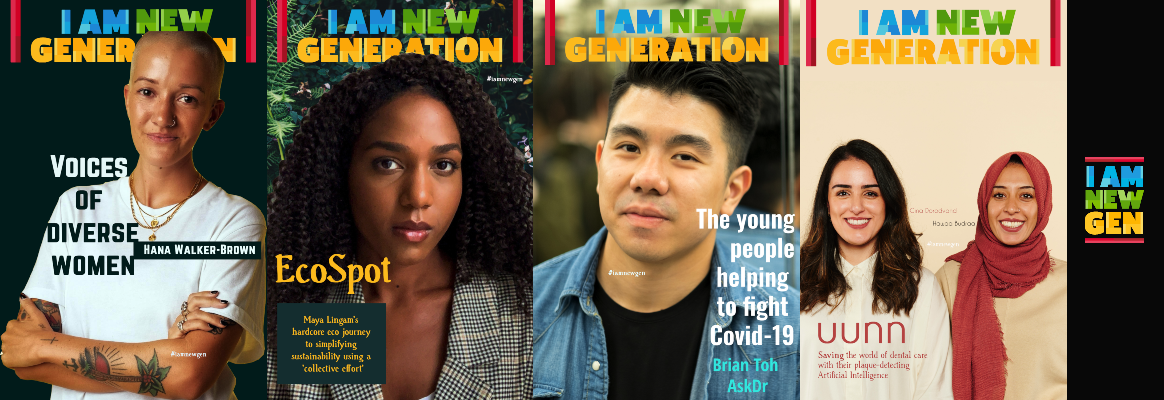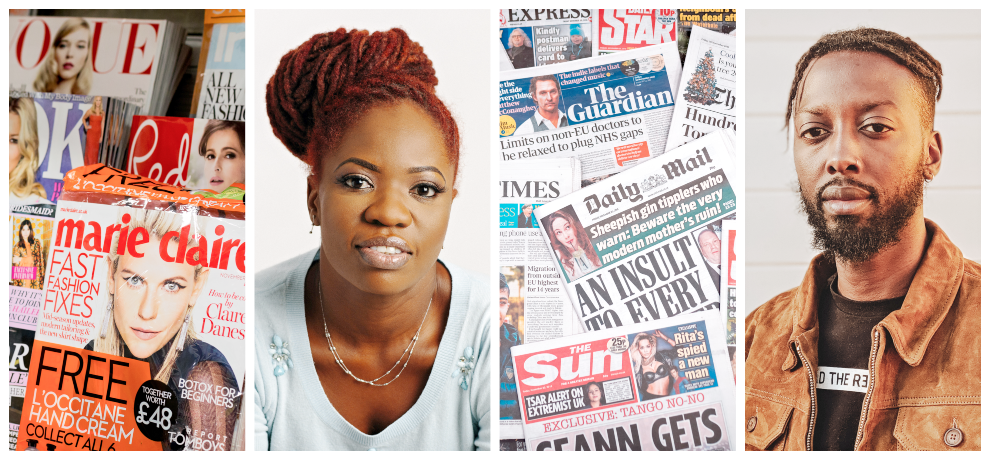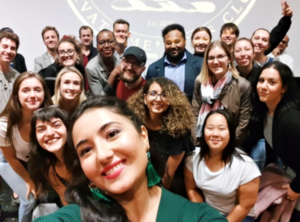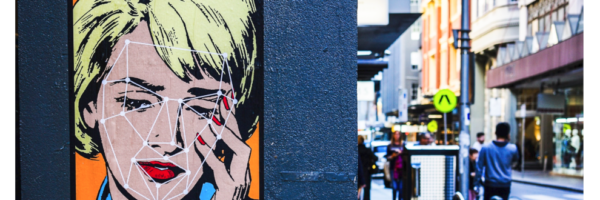Diversity in the media matters more than ever – The industry cannot possibly claim to be fulfilling its mission to represent the communities it serves when the voices of Black people are sidelined.
Worse still, a lack of racial diversity can also perpetuate stereotypes and lead to further marginalisation.
Much has been discussed in recent years about whether the UK mainstream media adequately caters for Black audiences, and Black women in particular.
This debate is fuelled by bleak statistics published in 2016 by the Reuters Institute for the Study of Journalism. They showed that despite Black Britons making up 3% of the UK population, only 0.2% of all journalists in England are Black.
Over the past few years, however, more media platforms with Black owners and editors have emerged to shake up the industry.
Examples include Melan Magazine, Guap, Gal-Dem, and Black Ballad, which cater to racially diverse audiences and provide relatable content and services that centre their needs and interests.

Joy Joses is the founder and editor-in-chief of Melan Magazine, which launched just over three years ago. She describes it as a long-overdue lifestyle platform for the slightly more mature woman of colour (Black woman).
“As an independent publisher, my journey was never going to be smooth sailing, and it hasn’t been,” she says. “However, each day brings greater conviction that I am on the right path and doing what I should be doing. Every day also brings fresh challenges and aspects of my publishing role to master.
“We are still in the toddler phase of our journey but already I am awed at how far we have come and inspired by the amazing personalities and brands that we have profiled.”
Joses believes it is vital that young Black women see themselves reflected in the media. “Thankfully, there are some wonderful platforms that have cropped up in the last few years that have made a start in this area,” she says.
“However, Melan focuses on the Generation X Black woman. My own experience is that we somehow become even more invisible after blowing out the candles on our 30th birthday. Women in the Generation X demographic should be seen and celebrated too.”

Melan’s content is empowering, celebratory and provides a haven for Black women who feel overlooked by mainstream titles. “Nothing makes a person feel as validated as seeing their kin or tribe in a space that they wish to occupy,” Joses says.
“Melan shines a light on and celebrates a cohort of women that is largely ignored by mainstream media. We speak unapologetically to the Melan woman in her language. It’s really all about the little things, the understanding of our beauty requirements (no, we don’t need tanning products or need to wash our hair everyday) to the big things like highlighting very serious health concerns (such as sickle cell or fibroids) that predominantly affect us as Black women and therefore isn’t given the high profile of other conditions.”
Over the past decade, advertising revenues have dwindled, which has made launching an independent media business a challenging prospect.
Joses cites a lack of incoming revenue as the main challenge she faces: “The magazine has mostly been self-funded, which means that I wear many hats,” she says.
“Starting a magazine from scratch means that it will be difficult to attract advertisers and traditional magazine revenue streams, initially. Which leads to the second biggest challenge, raising awareness of the magazine within my target audience.
“Having an engaged and loyal audience is the holy grail for attracting revenue. We’re making progress but it was always going to take time.”
Ibrahim Kamara, the editor-in-chief and co-founder of Guap, an innovative youth platform, and the world’s first video magazine, also believes in the importance of diversity and supporting the work of people who are underrepresented in the media.
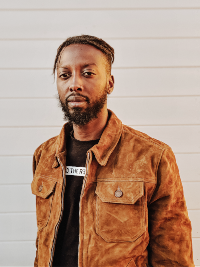
“It’s definitely important. At one time, we never saw Black entrepreneurs or creators at the forefront of things. We only saw footballers or rappers or music acts. All the other types of creators weren’t shown. We wanted to show them.”
He says the mission of Guap, which was founded in 2015, is to be the voice of creative youth worldwide.
“We aim to document the stories, showcase the talent and nurture emerging creatives, especially those from underrepresented backgrounds,” he explains.
“The main challenge we faced when first starting out was [lack of] time. We started while I was in my final year university and my business partner was in his placement year. We weren’t even the same place while we were building Guap. Money only became a problem after I came out of uni. We didn’t know how we were going to make money from Guap but we just took it once step at a time.”
It’s essential that platforms such as Guap exist, says Kamara, because it highlights the many different creative and entrepreneurial roles young people can take on.
“Guap is just young creators from underrepresented backgrounds doing their thing … and it is also a platform that gives opportunities to the audience that we’re serving.”
Kamara says Guap is focused on culture and community as much as the corporate side. “We tie [it all] in. We’re not just a magazine; we’ve built a brand that represents young creatives in the best way possible. It’s fair to say we do it in a way that other media companies don’t … we’re all about being the tastemakers.”
Kamara is among several Black media bosses who are changing the media landscape, yet barriers still remain.

So what can be done to push for more Black ownership? Kamara believes the change is happening already and that those who have already started out on their entrepreneurial journeys just need to stick with it.
His key advice is: “Know what audience you’re trying to serve and make sure you represent that audience in everything you do.”
Joses agrees that learning about who your audience is and where they hang out is time well spent.
She recommends spending more time on doing that instead of splashing out on a fancy website and branding. “It’s going to be tough and you’ll want to give up. One of the best pieces of advice I was given is that whenever I get tired, learn to rest, not quit!” she adds.
When it comes to media diversity, yes, times are changing for the better but not quickly enough.
Young Black professionals should seek to forge their own path by responding diligently to strong consumer demand for media platforms that inspire, entertain and celebrate.
Written By: Tola Onanuga – a freelance journalist and editor covering a range of topics including technology and race issues – @Tola_o
Images – Lawrey / Shutterstock.com, Unsplash and Interviewees
More Stories
I Used My Student Loan to Self-Fund My Business
A Private Members Club Helping Students Get “The Finer Things In Life” – The Luxury Student
For Women By Women – 5 Leadership Tips For Breaking The Glass Ceiling
